Dropshipping has become the latest buzz, and businesses are gradually embracing their online persona. Naturally, the question will arise: which is the better e-commerce platform? So, here we are to be of some help to you. We’ll be comparing the most popular e-commerce platforms and how they differ.
Table of Contents
When it comes to building an online store, there are two major players – WooCommerce and Shopify. So, which one should you go for?
Let’s find out.
Overview
Woocommerce
Woocommerce is an open-source platform that can be installed as a WordPress plugin. It was created in September 2011 by WordPress theme developer WooThemes. It quickly became popular due to its almost limitless possibilities of customization and currently is the most used e-commerce platform, harboring over 6.2 million users.
Shopify
Shopify, an all-in-one e-commerce solution, was founded in 2006 by Tobias Lütke and Scott Lake. They were dissatisfied with the e-commerce products available in the market at that time. Even though there was prolonged growth for the platform in the beginning days, with the advent of dropshipping and its ease of use, Shopify quickly garnered attention and has easily become the second most popular e-commerce platform with over 4.5 million users.
A Quick Comparison
Now, let’s have a look at the most distinguishing features.

Alright, let’s dive in and analyze each of these properties to see how these platforms stack up against each other!
The In-Depth Comparison
Cost
WooCommerce is a free plugin that can be installed on WordPress. Creating a WooCommerce store has no expenses other than hosting and domain fees. With so many hosting services at hand, various affordable hosting options are available.
With Shopify being a fully hosted platform, there’s no worry about extra charges for hosting fees. Shopify offers you a free domain name that can be later changed by paying a certain amount.
Shopify’s pricing plans start from the basic $29 plan to the advanced $299 plan, each with perks. You can also opt for Shopify Plus starting from $2k if you’re at a stage where you are getting huge revenue. But the costs still pile on when you add extra features or add-ons.

Ease of use
Both WooCommerce and Shopify have a quick setup guide that navigates you through the basic process of setting up an e-commerce store and is easy enough to use.
If you are new to website building and have yet to gain experience with WordPress CMS or coding, then Shopify is the better option. However, if you are a store owner who has a good understanding of WordPress CMS and coding skills or has the help of a developer, WooCommerce would be the right choice. WooCommerce gives you complete control over your store, and you can customize it to a much greater extent.
Additionally, you won’t face issues like sudden store shutdowns. However, note that there is a steep learning curve involved with WooCommerce, which ultimately benefits you in the long run.
Security
It is up to you to ensure security for your store if you’re using WooCommerce. It involves several practices, such as implementing SSL certificates, enabling two-factor authentication, and deploying a web application firewall to protect your store from malicious threats. You can use various plugins to avail of these services and safeguard your online store against potential dangers. If you’re using a trusted web hosting provider, they’ll guide you through all these problems.
As a hosted platform, Shopify has all these measures in place and takes care of all the security concerns.
Customization
This is where WooCommerce excels and why most of its customer base prefers it over Shopify. Shopify’s biggest disadvantage is the evident lack of control the store owners have over their stores’ design, functionality, etc. A limited number of themes are available in Shopify, which requires a premium to be paid upfront. And there’s the clear problem of quickly identifying a Shopify store since all its themes are very common, and your store won’t be able to stand out from the crowd.
In the case of novice store owners using WooCommerce, there are nearly 6000 themes available to them. They can sort and filter these themes based on their preferences and choose the right one for their stores.
Since WooCommerce is an open-source platform, there are almost endless options for advanced customization since you have direct control over the code. You can create your dream store with no restrictions.
Additional Fees
WooCommerce doesn’t charge additional fees for using its platform or third-party payment gateways. To avoid confusion, WooPayments, a payment gateway by WooCommerce, uses a “pay-as-you-go” pricing model.
Shopify charges transactional fees of 0.5% to 2% depending on your chosen plan, but only if you use third-party gateways instead of Shopify Payments, which is the default option. Shopify also charges a fee for currency conversion and duty and import taxes where applicable.
Scalability
Both of the platforms are scalable, with different perks. For Shopify, if you want to increase the scale of your business, all you have to do is advance to the next plan. Shopify Plus was made to cater to this specifically. But this comes with increasing costs and various unwanted resources. The most significant advantage is that it eliminates the need to hire multiple employees to manage your store.
To increase the scale of your WooCommerce store, you should make changes to your starter hosting plan. It involves making needed changes to the bandwidth and server size. This means you can cut unwanted resource costs since you have complete control over the store.
Plugins and Integrations
Shopify and WooCommerce lack some built-in features, requiring add-ons and plugins to leverage their potential fully.
Shopify has a dedicated app store with nearly 8000 apps that offer extended functionality in various fields like marketing and conversion, store management and design, shipping, etc.
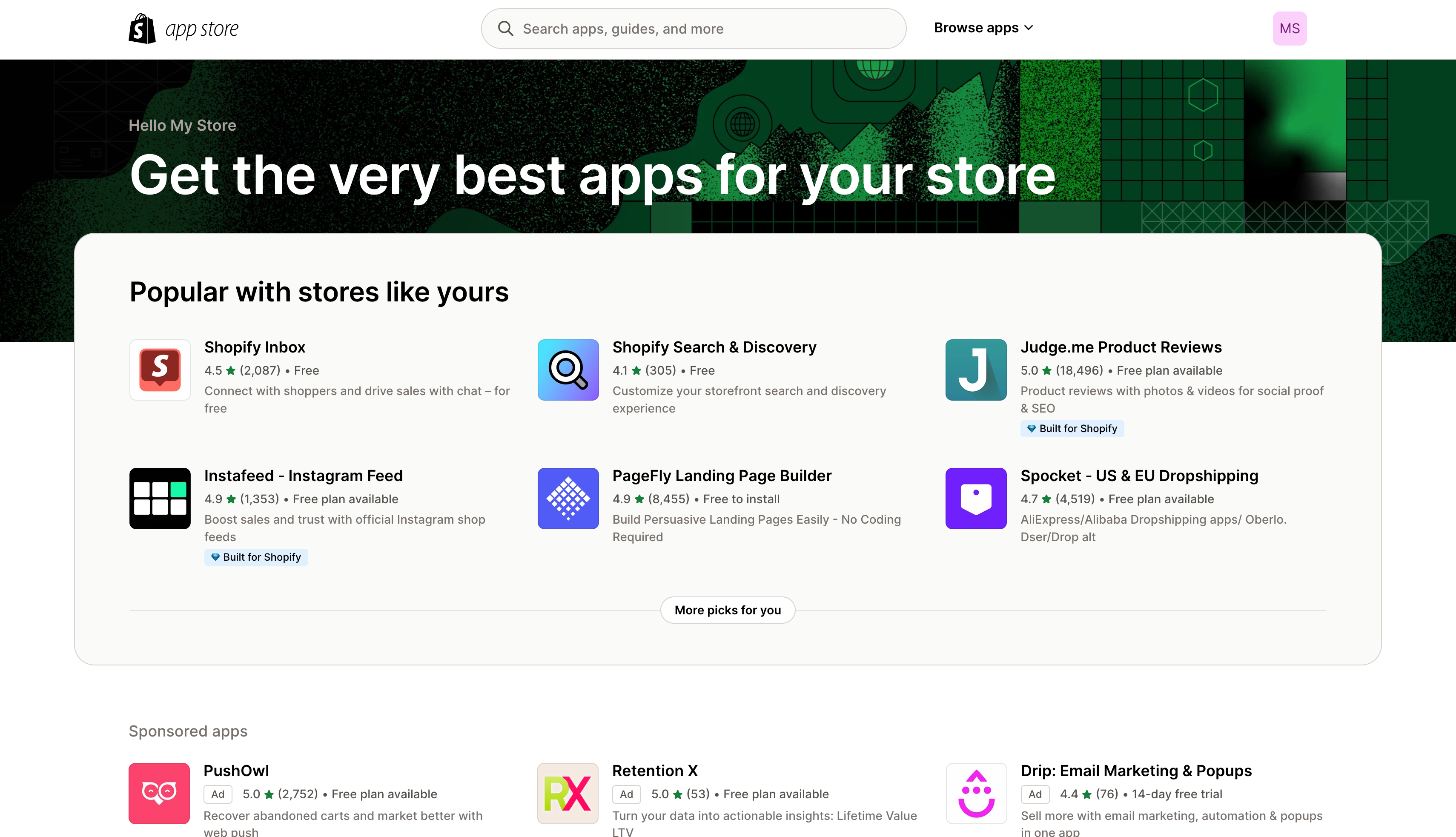
In the WordPress Dashboard, you can find extensions under the WooCommerce tab and the WordPress plugins to get access to around 60k plugins that can help you with almost any problem you encounter in the WooCommerce environment.
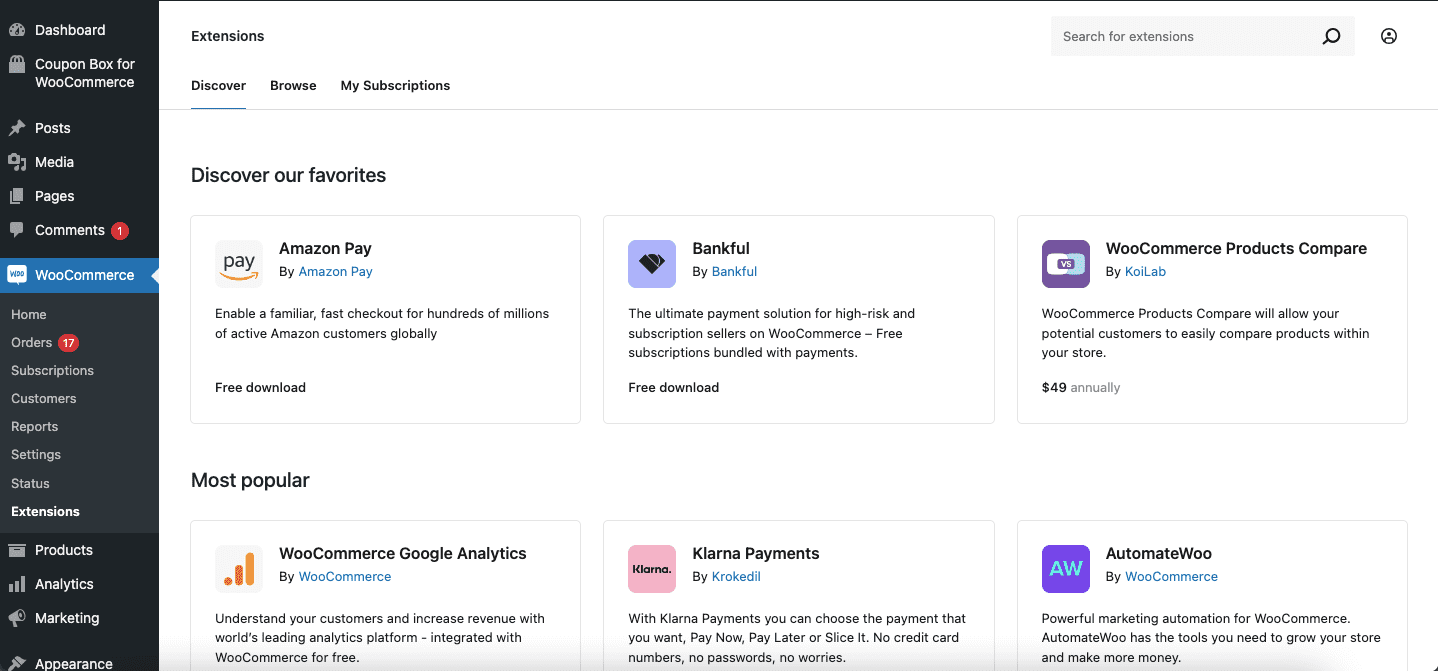
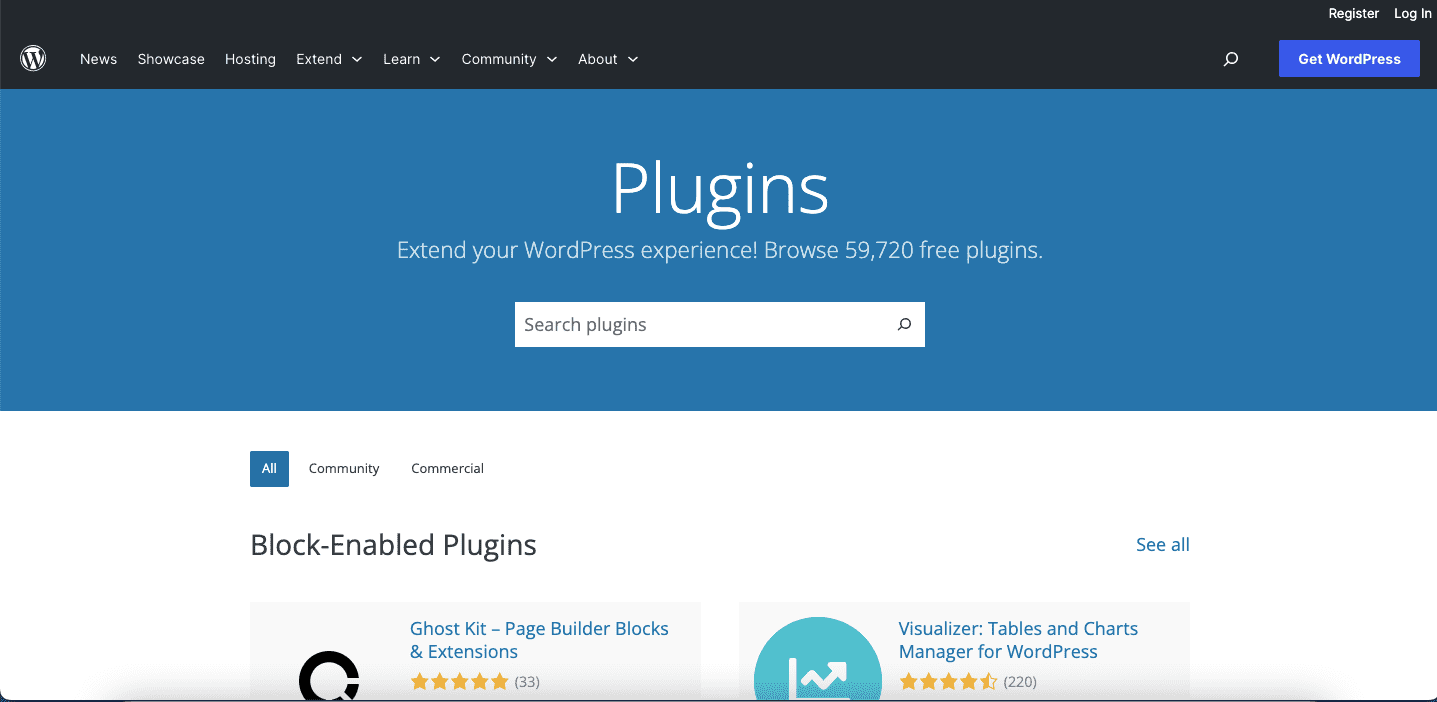
You can also acquire them through WooMarketplace.
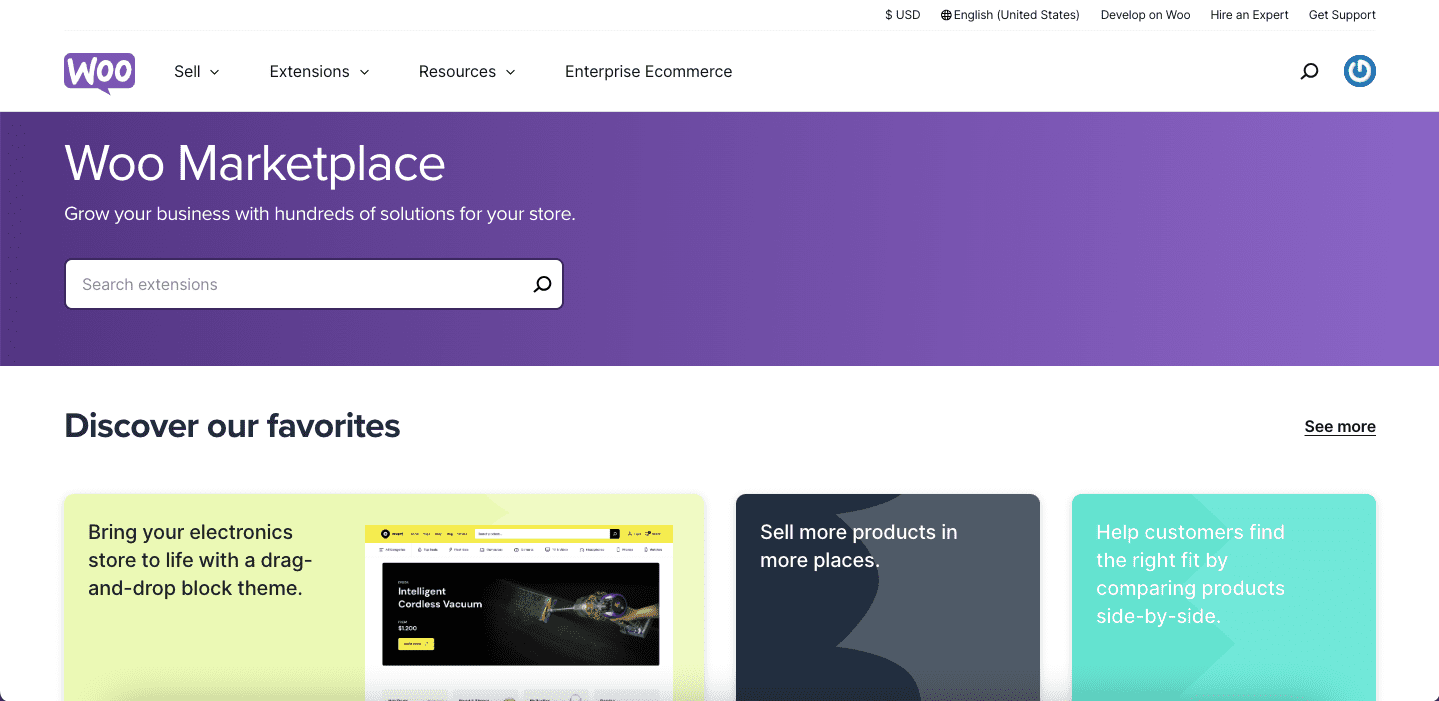
Support
WooCommerce has a Get Support Page that redirects you to self-service guides, or you can submit a request containing your issues. Several hosting services and other WooCommerce-related pages also provide support.
Shopify has a dedicated help center consisting of a virtual assistant, several troubleshooting guides, and a 24/7 live support team to help you with all your problems.
The Verdict
There is no clear winner in this contest. As you have learned so far, both platforms have their fair share of pros and cons. It is your needs that matter. If you’re searching to set up shop for the first time in the E-commerce world, we recommend Shopify as the best choice. But as the scale of your business grows and you’d want full control of your store and more customization capabilities, WooCommerce is second to none.
It’s up to you now. What’s your decision?



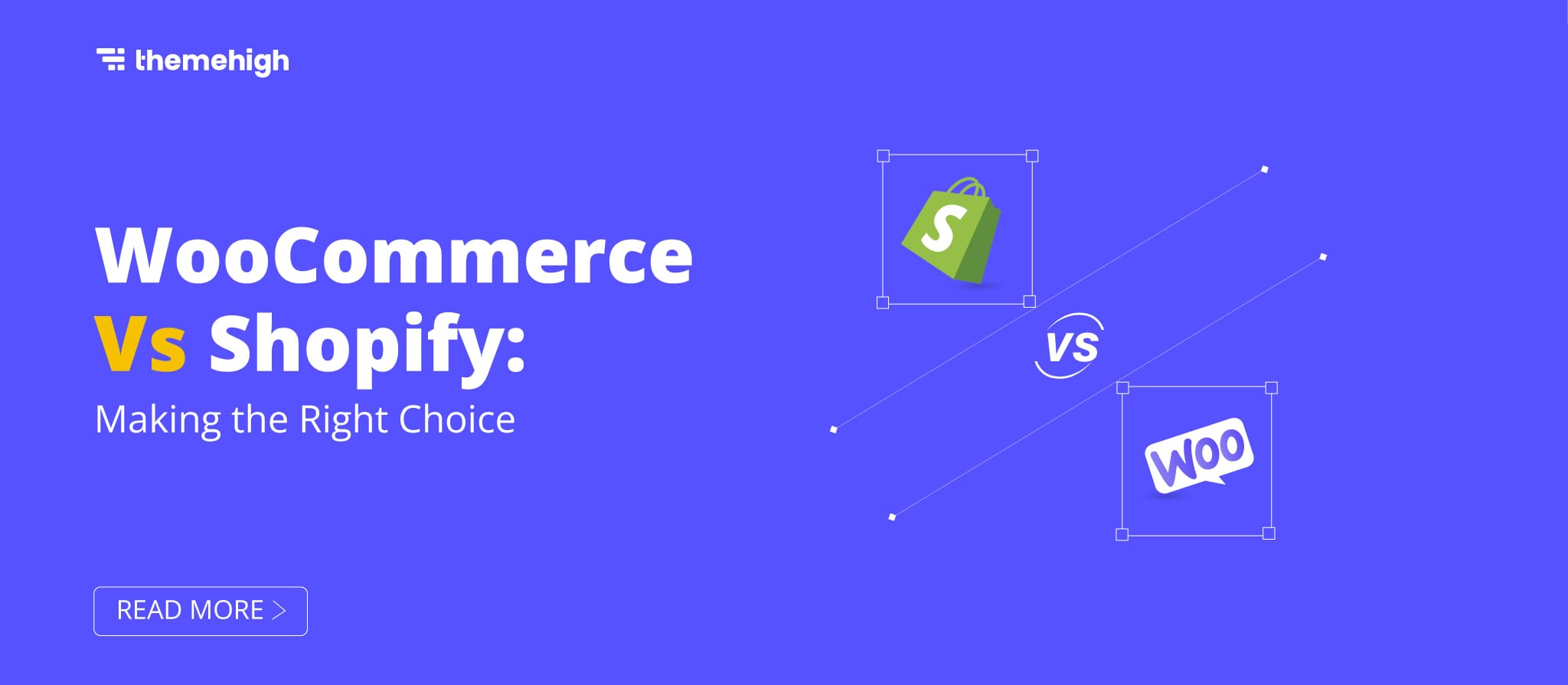
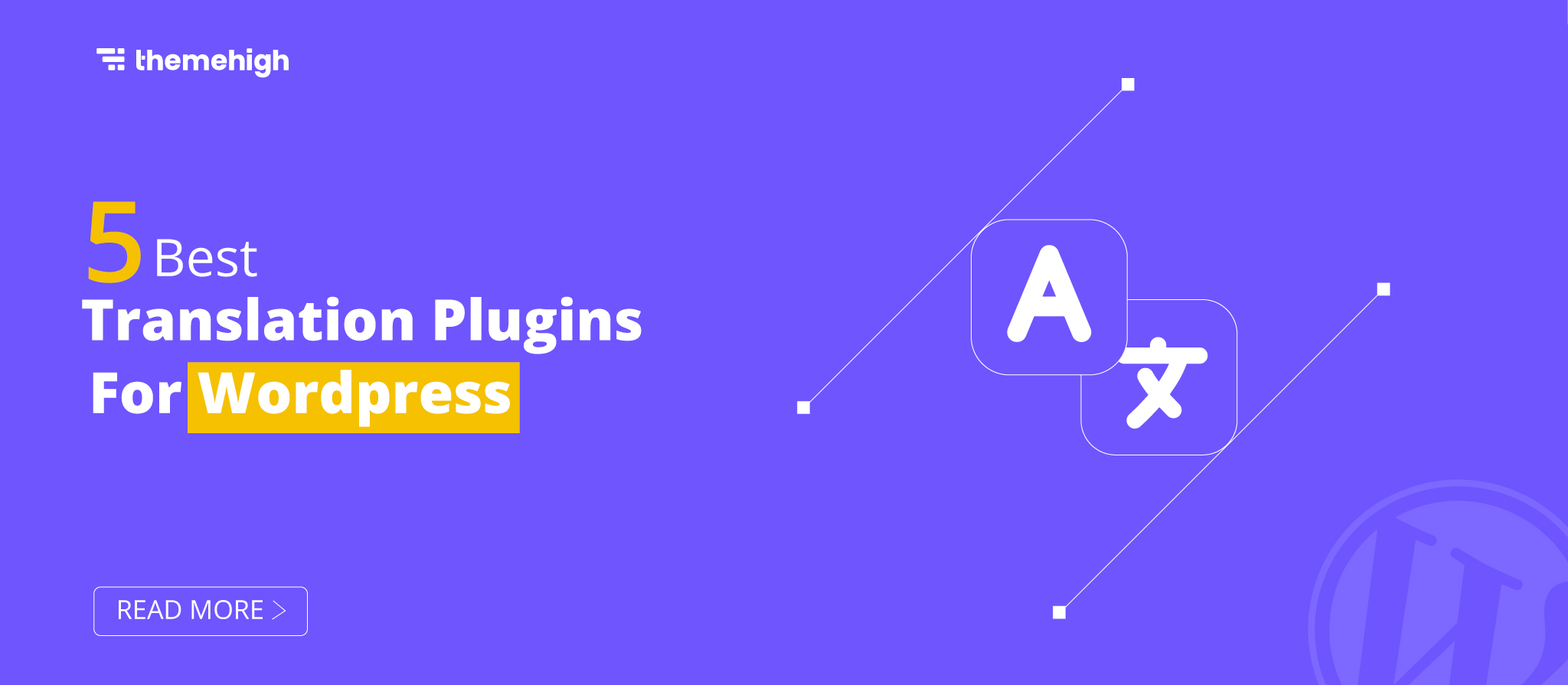

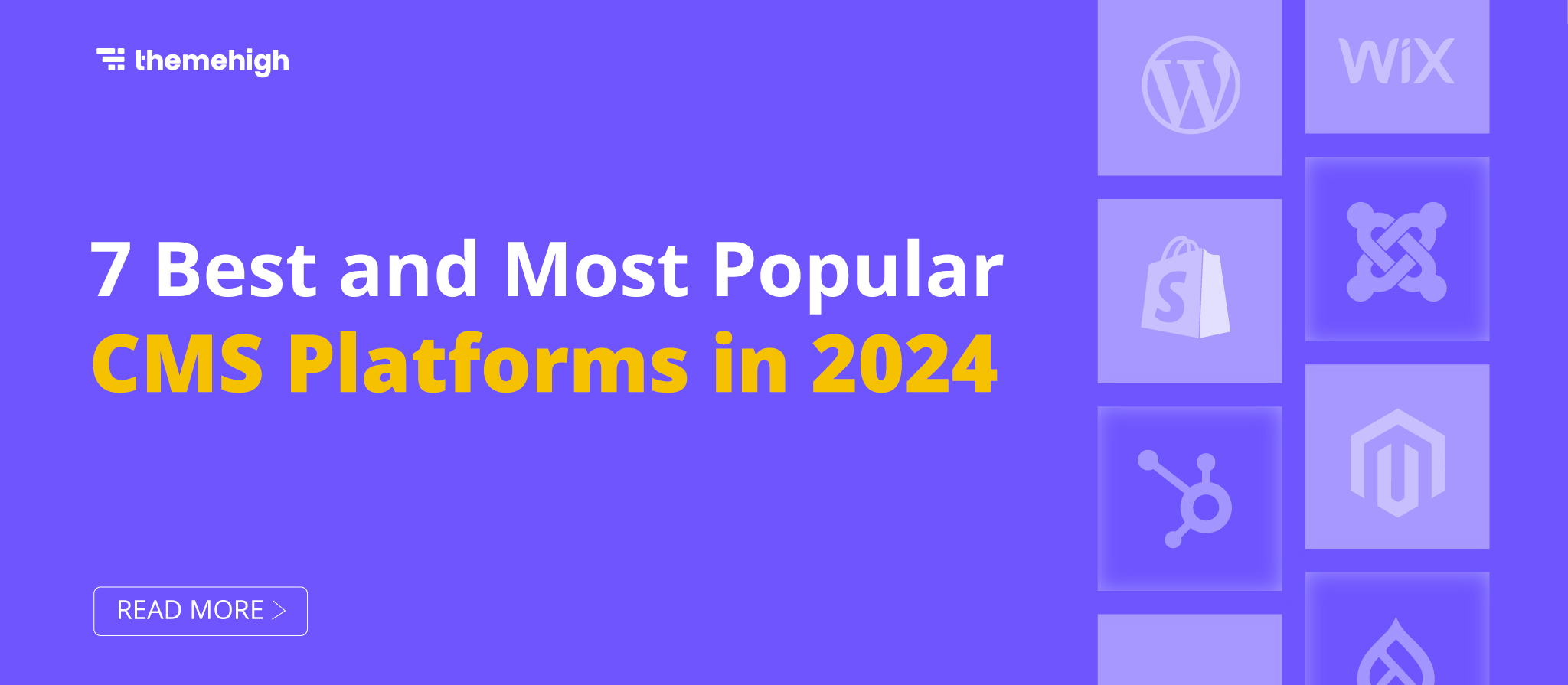



 THANK YOU!
THANK YOU!